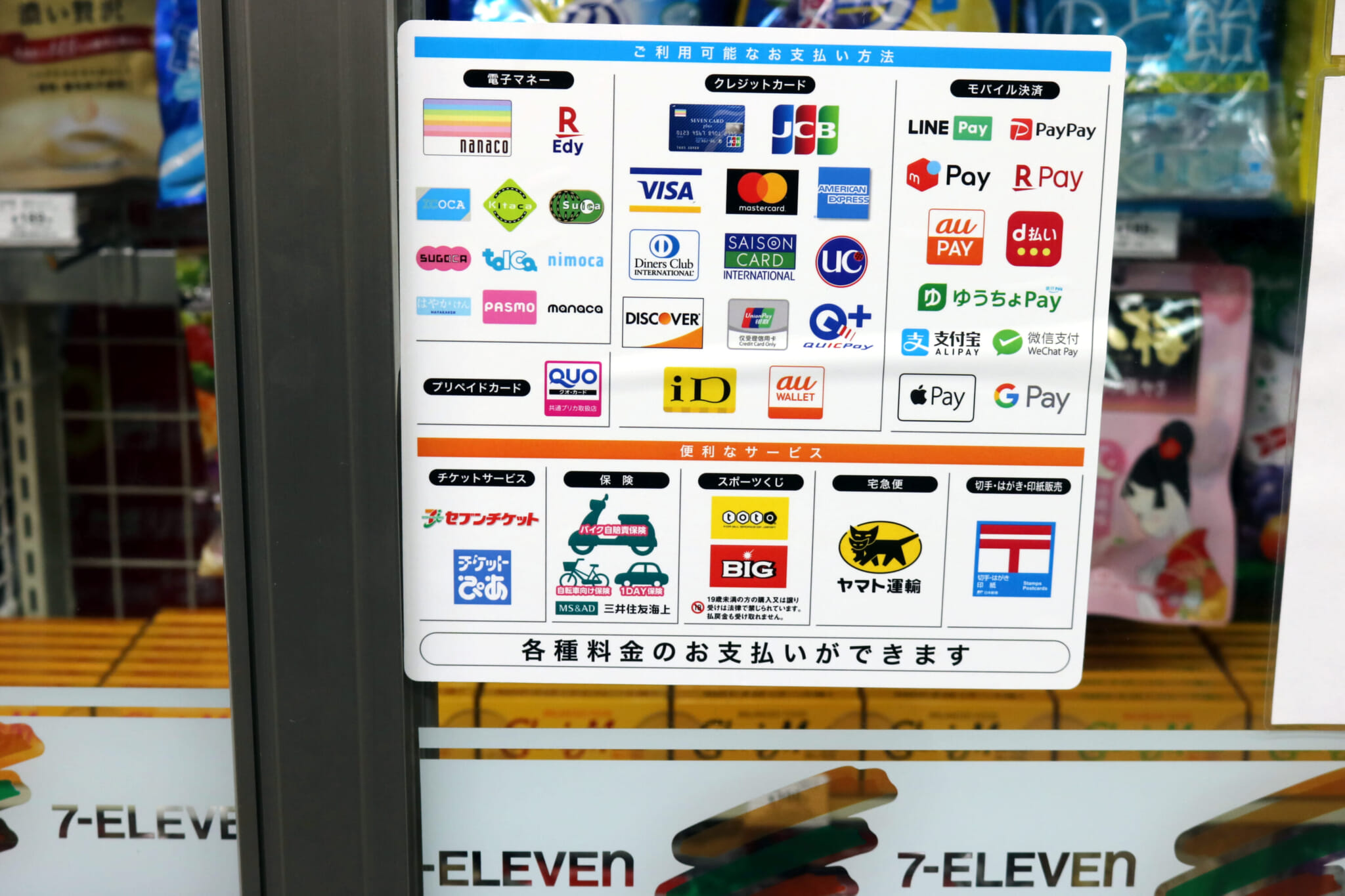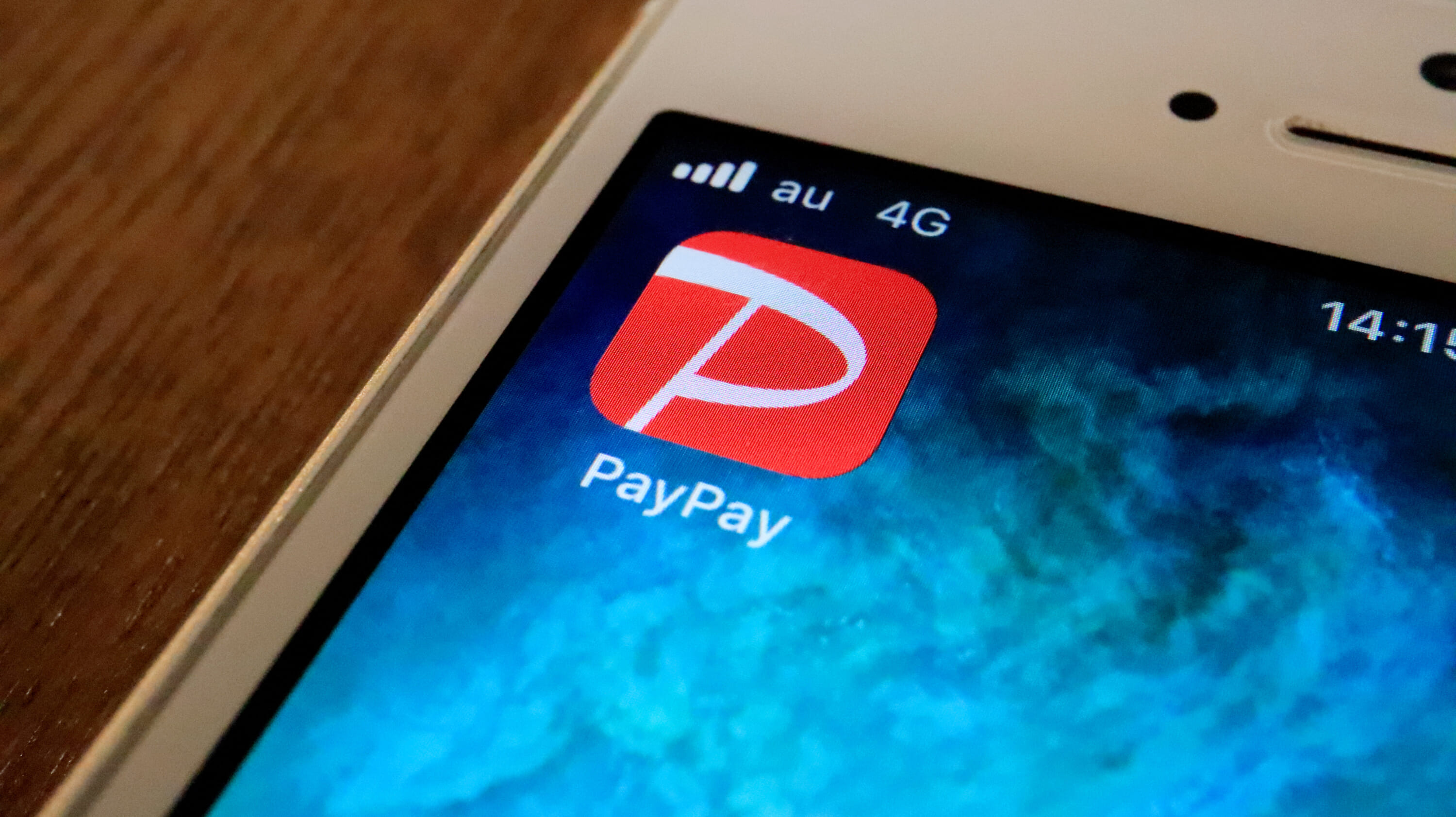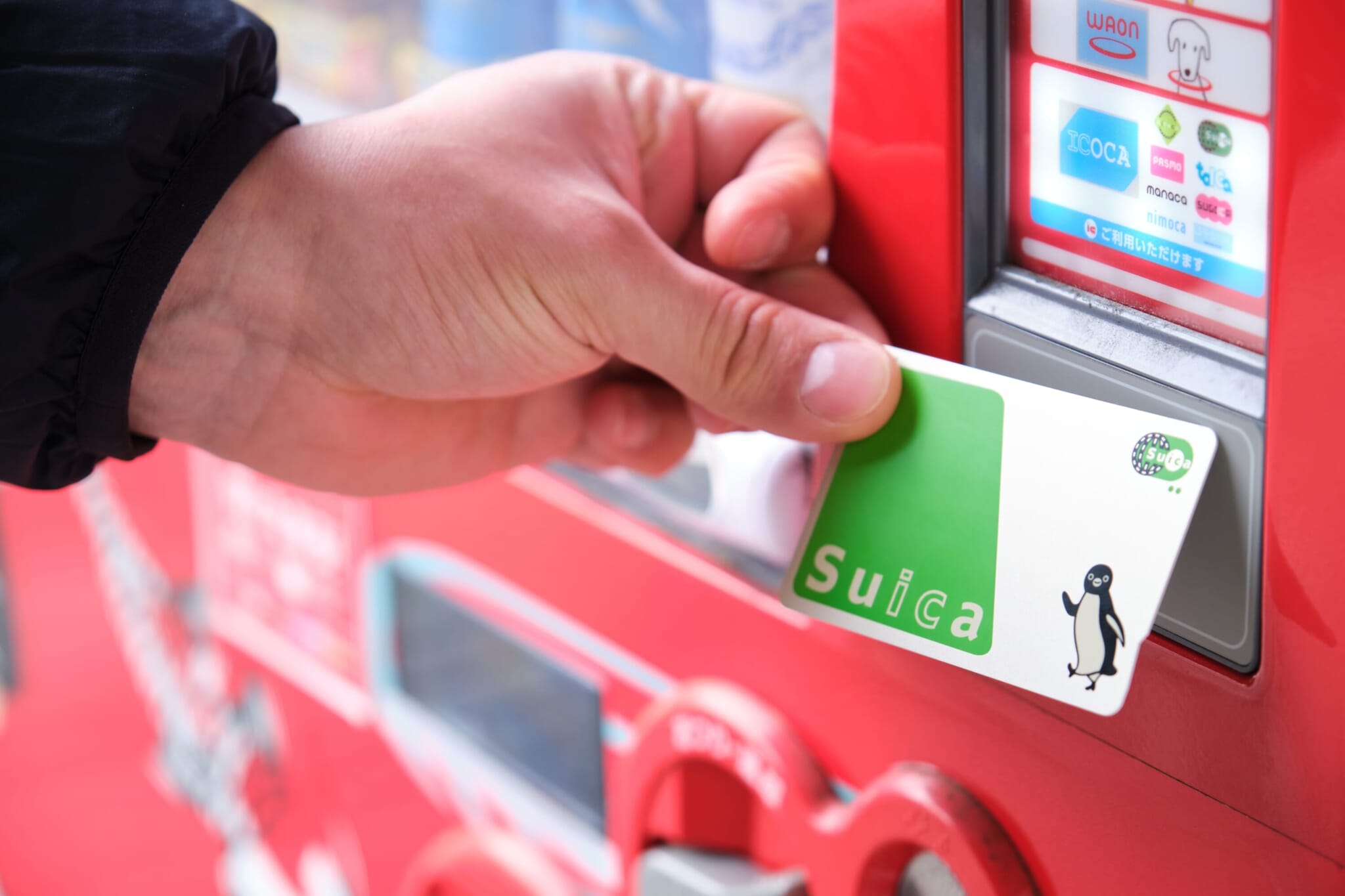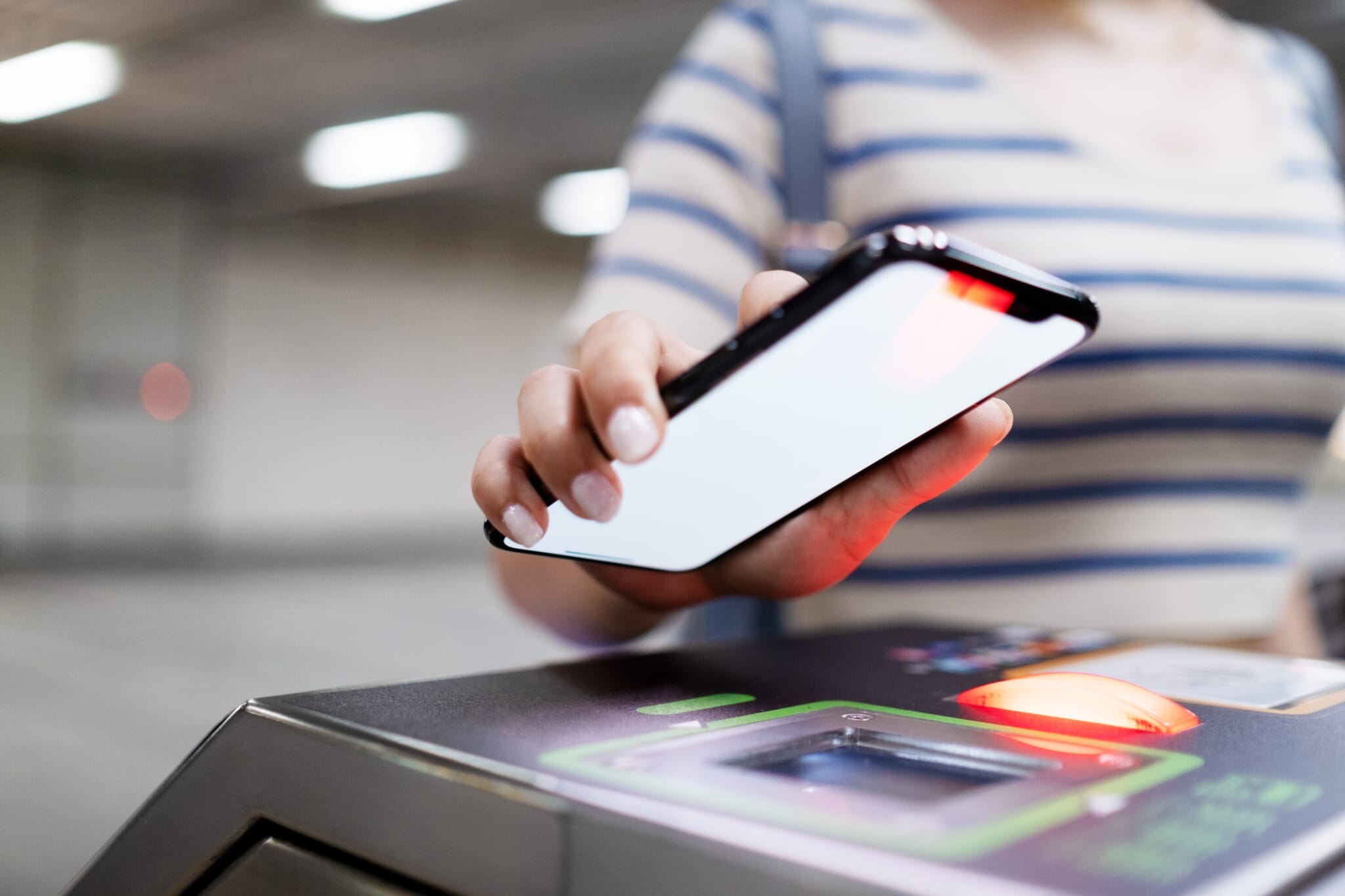It’s no secret that Japan loves to use cash. But just take a look when you’re next at the convenience store. The payment options available are enough to make you do a double take. Not only are the main culprits accepted: cash, credit, debit card, but there are so many other options, many of which you may have only seen once or twice before. Hachi Pay, anyone?
Despite being slow on the uptake, in the past five years, Japan has been moving towards cashless payment, meaning that different options are fast becoming a lucrative business, with everyone wanting in on the action. This has spawned a variety of uber-local payment apps and methods, from Hachi Pay (around Shibuya) to Setagaya Pay, which can essentially only be used within a 5-kilometer radius. So, from the useful to the near-useless, it can help to know which ones are actually worth procuring.
There is one undisputed leader, which we’ll take a look at, along with a couple of other useful payment options.

Japan’s Growing Cashless Payment Methods
In Japan, the number of people using cashless payment has more than doubled in the last decade. In 2013, the percentage of people paying using contactless forms of payment was just over 15%, yet by 2023 this figure had more than doubled to nearly 40%. Various factors including the coronavirus pandemic have contributed to this rise. There has also been a more gradual acceptance of cashless methods here.
In July of this year, the Bank of Japan (BOJ) is set to issue new notes. Many shops see this as an opportunity to switch from traditional machines to contactless ones. Small stores such as soba restaurants, which often use vending machine-style methods, have reported that contactless machines are a lot cheaper to buy than those which accept the new banknotes.

PayPay
PayPay is perhaps Japan’s most popular form of electronic money, for good reason. Paying with the app, which goes onto your phone, will randomly produce coupons and points. The points can be used in any shop that accepts PayPay.
Even tiny shops will accept PayPay as a form of payment, to the extent that it’s common to see signs saying, “we accept cash and PayPay” with no mention of credit or debit card in sight. PayPay can even be used instead of a credit card for apps such as Luup and Hello Cycling, the bike rental and scooter schemes.
It’s easy to set up. Simply download the app, register your phone number and away you go. If you have a My Number Card or a driving license, you can complete the user verification and transfer funds directly from your bank into your account. Even if you can’t complete the verification, you can still charge your account at convenience stores.
PayPay can also be used to transfer money between friends, making it a super convenient method.

Pasmo and Suica
Easily the most recognizable method of payment, Pasmo is a card or app that you probably use anyway to get around the city. Predominantly, it’s a prepaid travel card, saving you a couple of yen and a lot of hassle every time you tap in or out.
Due to a lack of circuit chips, the Pasmo card is no longer being issued to residents, so if you live in Japan you’ll have to get the app on your phone. If you don’t have a smartphone, you’ll need to head to a resale site like Mercari, where physical cards are being sold for ¥500 and more.
Pasmo can be used for many things at most chain stores. Beef bowl places like Yoshinoya accept Pasmo, as do some vending machines and even some small coffee shops.
MerPay
For those times when you have absolutely no money and you’ve had to sell some clothes, chances are that you’ll have used Mercari marketplace. When you sell an item on Mercari, the balance immediately goes into your MerPay account. You can use MerPay in many chain stores and convenience stores too. Withdrawing the balance directly into your bank account often incurs a surprisingly high fee, which acts as an incentive to tap through the app.








